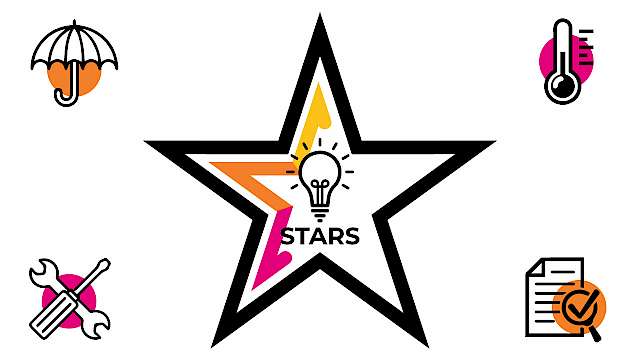Jenny Ratcliffe
Projects
Articles
Academic Publications
Frame, Fame and Fear Traps: The Dialectic of Counter-Terrorism Strategic Communication
From the journal abstract:
This paper explores the challenges and complexities navigated and negotiated in public facing counter-terrorism strategic communication campaigns. Informed by frame analysis of campaign assets, practitioner interviews and public focus groups, the discussion pivots around three high-profile UK public messaging campaigns. Building from Goffman’s theory of “normal appearances” and the established concept of a “frame trap”, the analysis identifies two further shaping tensions. A “fear trap” occurs when counter-terrorism messages seek to “outbid” other risks in order to capture public attention, thereby unintentionally creating the negative emotional reactions sought through acts of terrorism, or overly-reassuring messages that induce public disengagement. In contrast, a “fame trap” results from creating “too much” public awareness of terrorism, by using commercial marketing logics. In practice, frame, fame and fear traps overlap and interact across different contexts, and the analysis uses the concept of a dialectic of anomaly and normality to highlight implications for future scholarship and practice.
Rice, C., Innes, M., & Ratcliffe, J. (2024). “Frame, Fame and Fear Traps: The Dialectic of Counter-Terrorism Strategic Communication.” Studies in Conflict & Terrorism, 1–21. https://doi.org/10.1080/1057610X.2024.2360669
https://doi.org/10.1080/1057610X.2024.2360669
Projects
Articles
Academic Publications
Frame, Fame and Fear Traps: The Dialectic of Counter-Terrorism Strategic Communication
From the journal abstract:
This paper explores the challenges and complexities navigated and negotiated in public facing counter-terrorism strategic communication campaigns. Informed by frame analysis of campaign assets, practitioner interviews and public focus groups, the discussion pivots around three high-profile UK public messaging campaigns. Building from Goffman’s theory of “normal appearances” and the established concept of a “frame trap”, the analysis identifies two further shaping tensions. A “fear trap” occurs when counter-terrorism messages seek to “outbid” other risks in order to capture public attention, thereby unintentionally creating the negative emotional reactions sought through acts of terrorism, or overly-reassuring messages that induce public disengagement. In contrast, a “fame trap” results from creating “too much” public awareness of terrorism, by using commercial marketing logics. In practice, frame, fame and fear traps overlap and interact across different contexts, and the analysis uses the concept of a dialectic of anomaly and normality to highlight implications for future scholarship and practice.
Rice, C., Innes, M., & Ratcliffe, J. (2024). “Frame, Fame and Fear Traps: The Dialectic of Counter-Terrorism Strategic Communication.” Studies in Conflict & Terrorism, 1–21. https://doi.org/10.1080/1057610X.2024.2360669



